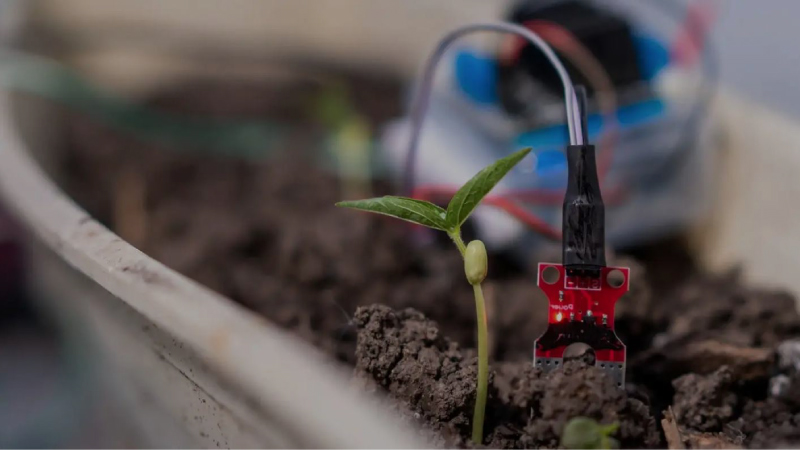The Future for Crop Protection Companies, Post-Mergers
For the past three years now or so, the agricultural marketplace has been pre-occupied with all the mega-mergers going on within the industry. As the Big Six has been whittling down to a Big Four/Five, there has been plenty of attention paid to how these various deals would eventually go down, what products/lines would end up with new owners, and where the newly-combined companies would be based (in the U.S. or in other parts of the world).
Of course, all this begs a simple question — what happens next? Looking at things on a company-by-company basis, here’s some food for thought.
ChemChina/Syngenta. Now that this deal is complete, it looks as if China is planning to more enthusiastically embrace seed traits and CRISPR technologies. However, in recent weeks, another large Chinese crop protection company, Sinochem, has announced intentions to merge its operations with ChemChina in 2018. This would create a $120 billion behemoth in the market. It would probably also mean significant product divestitures for both companies to win the necessary regulatory approvals from some countries around the globe. Either way, ag retailers would likely see more Chinese-branded crop protection products entering the U.S. market.
Dow/DuPont. Another done deal. At present, the combined companies are undergoing “right-sizing,” cutting expenses and overhead. Once this is complete, however, plans are for this single company to split into three distinct companies, with one focused exclusively on agriculture. Expect this to take place sometime between the end of 2018 and the middle of 2019.
Bayer/Monsanto. This merger has hit a few snags with regulators in Europe. Despite the fact that Bayer has already agreed to sell several assets to BASF to make this deal happen, the company is now anticipating a demand for further divestitures before any regulatory blessings are received. This will likely include some of the company’s vegetable seed lines, according to market watchers.
BASF. Once the Bayer/Monsanto deal happens, BASF will find itself involved in the seed market with the acquisition of LibertyLink traits. Look for the company to push hard to grow this brand — and perhaps acquire even more seed assets from Bayer and/or Monsanto along the way.
FMC. FMC has always been a solid player within the crop protection marketplace. However, now that the company has acquired several research and development assets and in-the-pipeline products from the old DuPont, most market observers expect FMC to become a major marketer of brands and new products over the next few years.
And finally, for the smaller crop protection companies outside these Big Five, there might be more opportunities to acquire products. The bottom line — it will be an interesting couple of years ahead for all of us …






